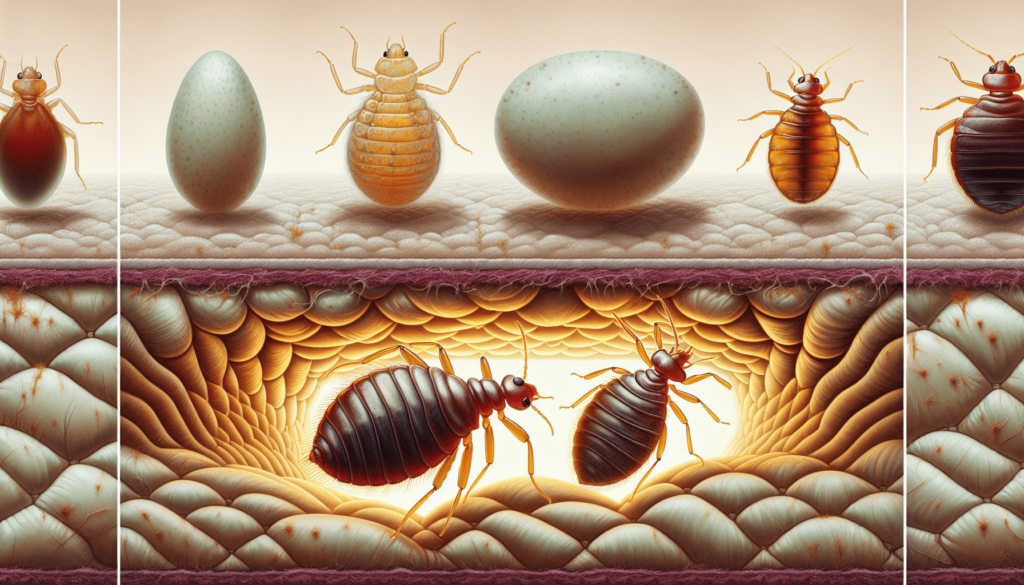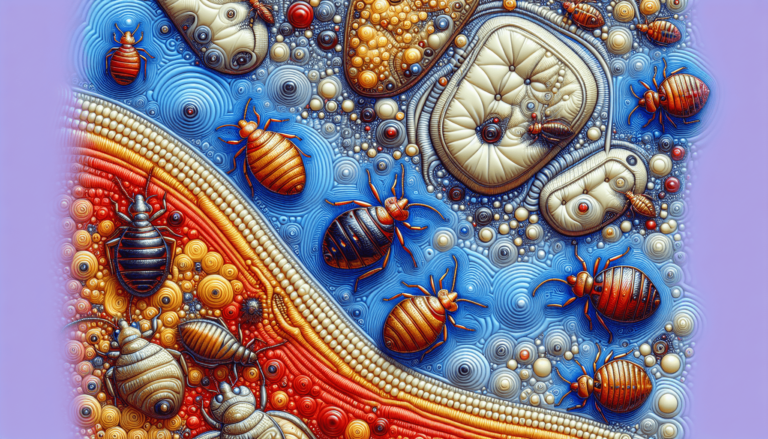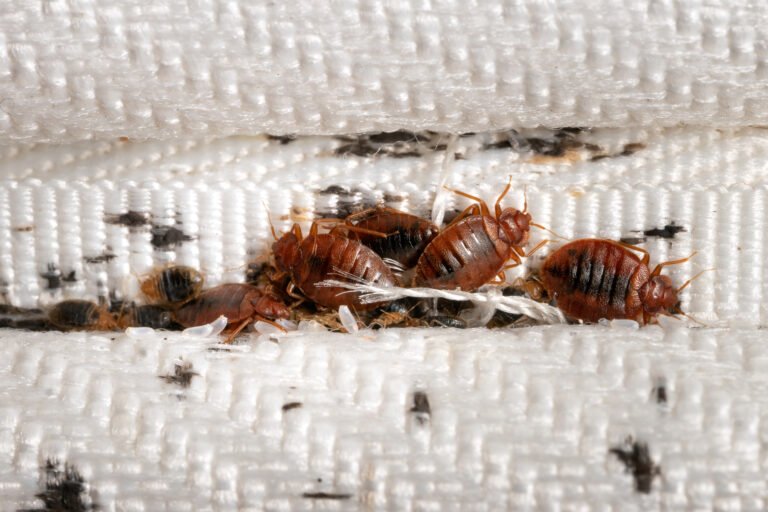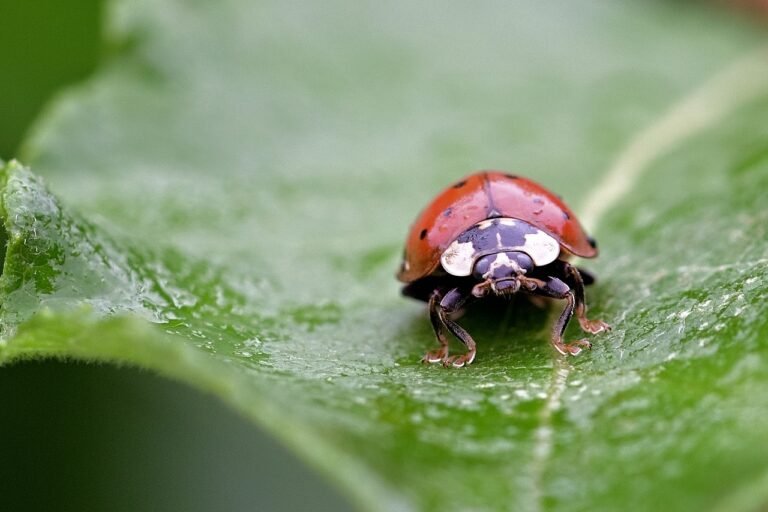The Life Cycle of Bed Bugs: How Are They Created?
Bed bugs, those pesky little creatures that can wreak havoc on our homes and our peace of mind. But have you ever wondered how these tiny insects come into existence? From their humble beginnings as tiny eggs to their full-grown adult stage, the life cycle of bed bugs is a fascinating journey. In this article, we will explore the various stages of their development, shedding light on the intricate process of how bed bugs are created. With detailed information, real-life examples, and a conversational tone, you’ll gain a comprehensive understanding of the life cycle of bed bugs and be armed with knowledge to combat these unwanted pests. So, let’s dive in and embark on this enthralling exploration into the world of bed bugs.
Understanding the Biology of Bed Bugs
Bed bugs are small, oval-shaped insects that feed on the blood of animals or humans. To effectively control and eradicate bed bugs, it is essential to have a comprehensive understanding of their biology and life cycle. This article aims to provide you with a detailed overview of the various stages in the life cycle of bed bugs, their reproductive habits, and the factors that impact their lifecycle. By delving into the characteristics and resilience of these pests, we can equip ourselves with the knowledge needed to effectively combat and prevent infestations.
Identifying physical characteristics of bed bugs
Bed bugs have distinct physical characteristics that make them easily identifiable. They are small, measuring around 4-7 millimeters in length, with a flat, oval-shaped body. Their color ranges from pale yellow to reddish-brown, depending on their feeding status. After feeding, bed bugs appear swollen and reddish. They have six legs, short antennae, and their bodies are covered in short, golden hairs. These physical features, combined with their preference for inhabiting mattresses, furniture, and other hiding spots, make bed bugs highly adaptable and difficult to eradicate.
Discussing the resilience and adaptability of bed bugs
One of the key reasons bed bugs have become a persistent problem is their remarkable resilience and adaptability. These insects have evolved over thousands of years to withstand various environmental conditions and develop resistance to different types of insecticides. Bed bugs can survive for months without feeding, allowing them to lie dormant in furniture, cracks, and crevices until their next blood meal becomes available. Additionally, they can thrive in both warm and cool environments, making their eradication a challenging task.
What is the Life Cycle of a Bed Bug?
Understanding the life cycle of bed bugs is crucial in effectively addressing an infestation. Their life cycle consists of three main stages: eggs, nymphs, and adult bed bugs. Let’s delve into each of these stages in detail.
Going through the different stages: eggs, nymphs, and adult bed bugs
Bed bugs begin their life cycle as eggs. After mating, female bed bugs lay their eggs in small cracks and crevices near the host, such as the mattress, headboard, or baseboards. These eggs are tiny, about 1mm in size, and are usually laid in clusters. Once the eggs hatch, they enter the nymph stage. Nymphs resemble smaller versions of adult bed bugs and go through several molts before reaching maturity. As nymphs molt, they shed their exoskeletons, a process known as ecdysis. Finally, the nymphs reach adulthood and become reproducing adult bed bugs.
Highlighting the average lifespan of each stage
The lifespan of bed bugs varies depending on the conditions they are exposed to and the availability of food sources. On average, bed bug eggs take about 6-10 days to hatch. Nymphs, on the other hand, go through five distinct stages or instars, with each stage lasting around a week. The entire nymph stage typically lasts for about 32-48 days. Once bed bugs reach adulthood, their lifespan can extend from a few months to over a year, again depending on factors such as temperature, availability of food, and the presence of predators or control measures.
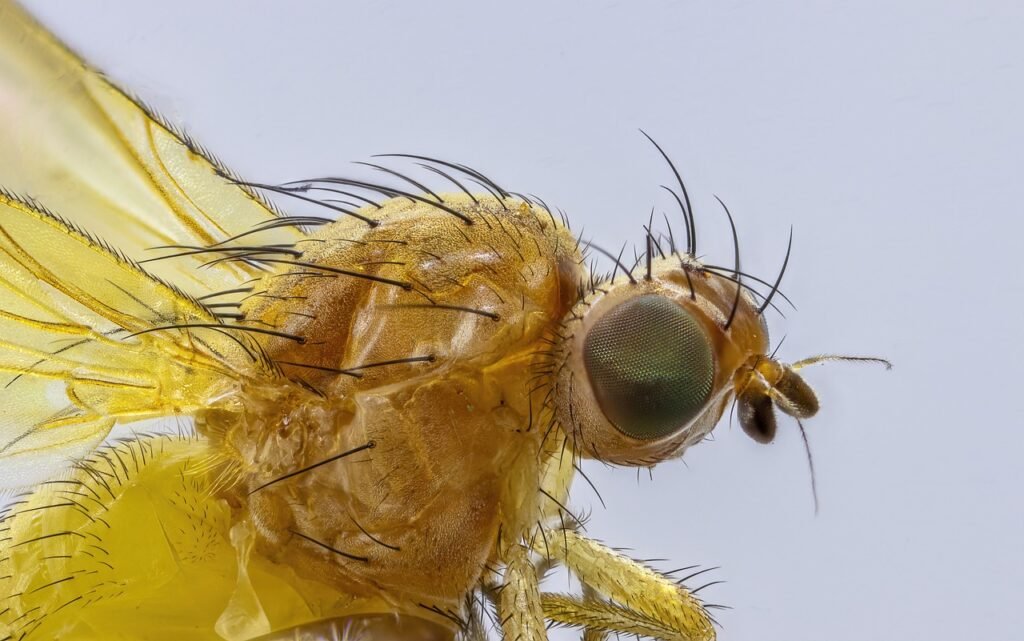
This image is property of pixabay.com.
Bed Bug Reproduction
Understanding the reproductive habits of bed bugs is essential in effectively addressing and controlling infestations. Let’s delve into the mating and reproduction process of these pests.
Understanding bed bug mating habits
Bed bugs exhibit a unique mating behavior known as traumatic insemination. In this process, the male bed bug pierces the female’s abdomen with his reproductive organ, injecting sperm directly into her body cavity. This method of insemination bypasses the female’s reproductive organs and allows for a higher chance of fertilization. Mating typically occurs shortly after the female bed bug has taken a blood meal.
Explaining egg production and hatching process
Once fertilization has occurred, the female bed bug begins producing eggs. A single female bed bug can lay anywhere from one to 12 eggs per day, with an average of about five eggs. These eggs are usually laid in hidden areas, close to the hosts for easy access to a blood meal once they hatch. Under optimal conditions, bed bug eggs will hatch in 6-10 days, resulting in a new generation of nymphs.
The Egg Stage of Bed Bugs
The egg stage is the starting point of the bed bug life cycle. Understanding the characteristics and conditions of bed bug eggs is crucial in identifying and eradicating infestations.
Describing the size, color, and appearance of bed bug eggs
Bed bug eggs are tiny and difficult to spot with the naked eye. They are approximately 1mm in size and have a translucent appearance. When first laid, they are pale and nearly invisible against light-colored surfaces. However, as they mature, the eggs develop a reddish-brown hue, making them more visible. Their elongated shape and characteristic size distinguish them from other insect eggs commonly found in households.
Explaining the location and conditions of egg-laying
Female bed bugs usually lay their eggs in discreet locations close to the host, such as in the seams of mattresses, bed frames, headboards, or cracks and crevices in furniture or walls. These locations provide a safe and readily accessible environment for the emerging nymphs to find a blood meal. The temperature and humidity play a significant role in egg development, with optimal conditions ranging from 70-90°F (21-32°C) and humidity levels around 70%.
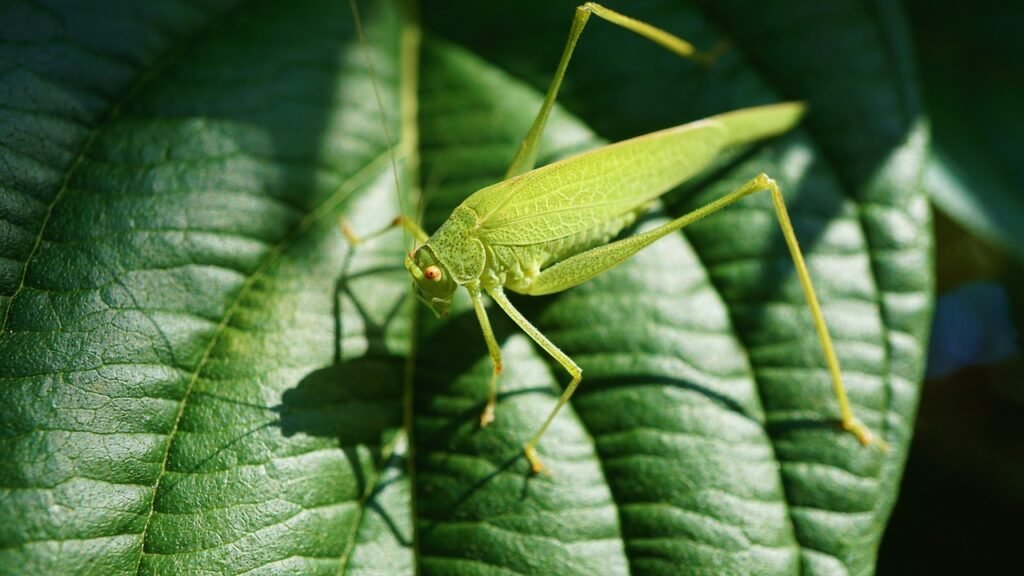
This image is property of pixabay.com.
From Egg to Nymph: The First Transformation
After the eggs hatch, the nymph stage begins. This stage is crucial in the growth and development of bed bugs.
Discussing the shedding of skin and growth
As nymphs grow, they undergo a series of molts or ecdysis, shedding their exoskeletons. Each molt marks the transition to a new instar, with five instars in total before reaching adulthood. Shed exoskeletons, commonly referred to as “casings,” can serve as indicators of a bed bug infestation. The frequency and size of shed casings allow for an estimation of the severity and duration of the infestation.
Understanding nutritional needs at the nymph stage
During the nymph stage, bed bugs require a blood meal to progress through each instar and molt successfully. After hatching, nymphs seek out hosts to feed on. They locate hosts through the detection of carbon dioxide and body heat. Being ectoparasites, bed bugs feed on the blood of humans or animals for sustenance. Without a blood meal, nymphs cannot complete their development, and their growth may be stunted.
The Adult Stage and Mating Process
The adult stage marks the final transformation in the bed bug life cycle. Understanding the physical and behavioral changes that occur during this stage is crucial in tackling infestations effectively.
Outlining the physical and behavioral changes in adult bugs
Upon reaching adulthood, bed bugs undergo several physical and behavioral changes. Their size increases to roughly 4-7 millimeters, and their bodies become more elongated. The color of adult bed bugs is typically reddish-brown, especially after feeding. They develop functional wings, although they do not fly. Additionally, adult bed bugs exhibit nocturnal activity, becoming more active during the night to seek out hosts for blood meals.
Detailing the unique ‘traumatic insemination’ process
Reproductive behavior in adult bed bugs is quite unique. As mentioned earlier, bed bugs engage in a process known as traumatic insemination, where the male pierces the female’s abdomen to inject sperm. This method of mating allows males to bypass the female’s reproductive tract and increases the chances of successful fertilization. The female bed bug may produce eggs after a single insemination, but multiple matings can occur, leading to higher egg production.

This image is property of pixabay.com.
Factors Affecting Bed Bug Lifecycle
Numerous factors can impact the lifecycle and development of bed bugs. Two crucial factors are temperature and the availability of food sources.
The role of temperature and environment
Temperature significantly influences the development and survival of bed bugs. Optimal temperatures for their reproduction and growth range from 70-90°F (21-32°C). Below 50°F (10°C), bed bugs become inactive, and their growth slows down. Conversely, temperatures above 113°F (45°C) can be lethal to bed bugs. Humidity levels between 70-90% are also ideal for their survival, as lower humidity can cause desiccation and mortality.
The impact of food source availability
The availability of a blood meal is vital for the survival and development of bed bugs. The primary food source for bed bugs is human blood, although they can also feed on animals. A constant source of blood enables bed bugs to progress through their life cycle, reproduce, and ensure the survival of their offspring. Without access to blood, bed bugs may enter a dormant state and can survive for several months without feeding.
Bed Bugs and Human Environments
Bed bugs have a strong affinity for human homes and environments. Understanding why bed bugs prefer human habitats and the typical signs of infestation is crucial in prevention and control efforts.
Understanding why bed bugs prefer human homes
Bed bugs are attracted to human homes primarily because they provide a steady supply of blood meals and ideal hiding spots. They are excellent hitchhikers, often latching onto luggage, clothing, or furniture and subsequently being transported into homes. Once inside, bed bugs can quickly infest mattresses, furniture, carpets, and other areas that offer close proximity to their hosts. Their small size and flattened bodies enable them to hide in cracks, crevices, and seams, making detection and eradication challenging.
Highlighting typical hiding spots and signs of infestation
Bed bugs are masters of concealment and can squeeze into the tiniest of spaces. Common hiding spots include mattress seams, box springs, headboards, bed frames, upholstered furniture, and even behind peeling wallpaper or electrical outlets. The presence of small, dark spots on bedding or furniture, shed exoskeletons, blood stains, and a sweet, musty odor are all indicative signs of a bed bug infestation. Regular inspections, early detection, and swift remedial actions are crucial in preventing the escalation of infestations.
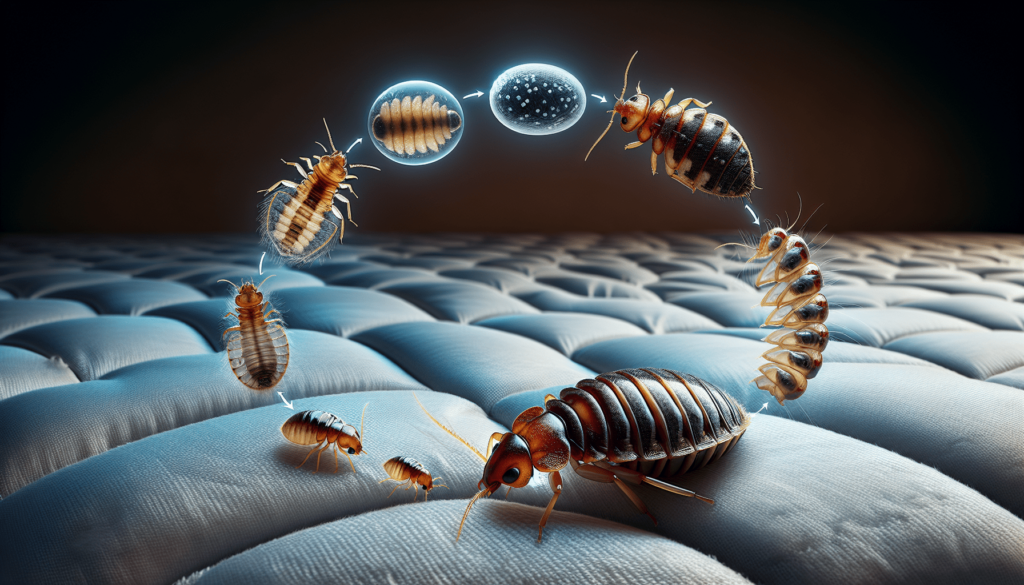
Methods to Control and Eradicate Bed Bugs
Controlling and eradicating bed bugs can be a challenging task. However, there are several methods available to combat infestations.
Discussing professional pest control options
When dealing with a severe infestation, seeking professional pest control services is often the most effective and efficient solution. Professional pest control companies have the knowledge, expertise, and access to specialized equipment and insecticides required to address bed bug infestations comprehensively. These professionals can perform thorough inspections, accurately identify hiding spots, and implement targeted treatment methods to eliminate bed bugs at all stages of their life cycle.
Sharing DIY methods and preventive measures
While professional assistance is recommended for severe infestations, there are several DIY methods and preventive measures that individuals can take to control and prevent bed bug infestations. These include regular vacuuming, laundering bedding and clothing at high temperatures, encasing mattresses and box springs in bed bug-proof covers, sealing cracks and crevices, and using insecticidal sprays or dusts labeled for bed bug control. It is important to note that DIY methods may provide temporary relief, but comprehensive and long-term solutions may require professional intervention.
Summary of Key Takeaways: Lifecycle and Control of Bed Bugs
Understanding the biology, life cycle, and behavior of bed bugs is crucial in effectively controlling and eradicating infestations. Bed bugs exhibit incredible resilience and adaptability, which makes their control challenging. Their life cycle consists of three main stages: eggs, nymphs, and adult bed bugs. Female bed bugs lay small, translucent eggs in hidden locations close to the host, and these eggs hatch in about 6-10 days. Nymphs go through several molts before reaching adulthood, requiring blood meals at each stage to progress successfully. Adult bed bugs exhibit unique mating habits, including traumatic insemination. Temperature and the availability of food sources are essential factors that impact the bed bug lifecycle. Bed bugs prefer human homes due to the abundance of blood meals and hiding spots. Vigilance and early detection are crucial in identifying infestations, and professional pest control services may be necessary for severe cases. DIY methods and preventive measures can help in managing infestations, but a comprehensive approach is often required for long-term control.
In conclusion, understanding the biology and life cycle of bed bugs will empower individuals to tackle infestations effectively. By being knowledgeable about their characteristics, habits, and vulnerabilities, we can take proactive measures to prevent and control bed bug infestations in our homes and environments.
